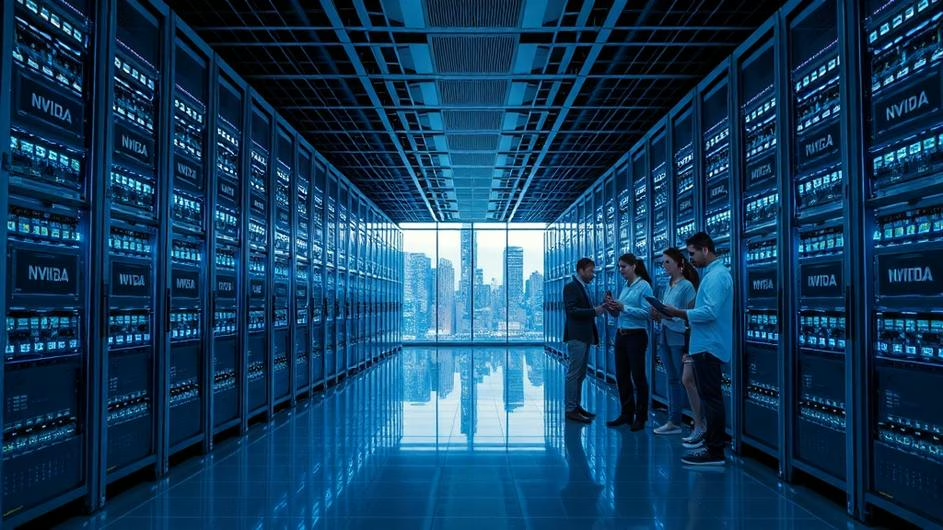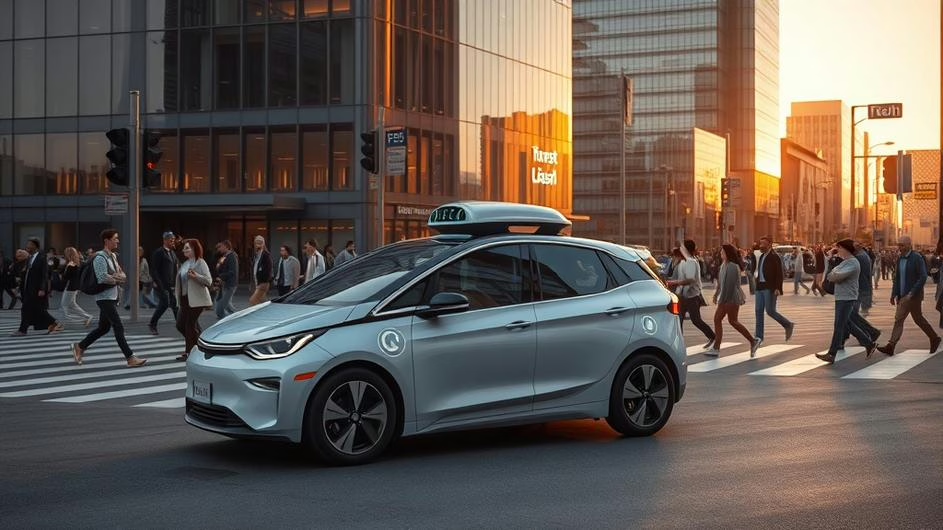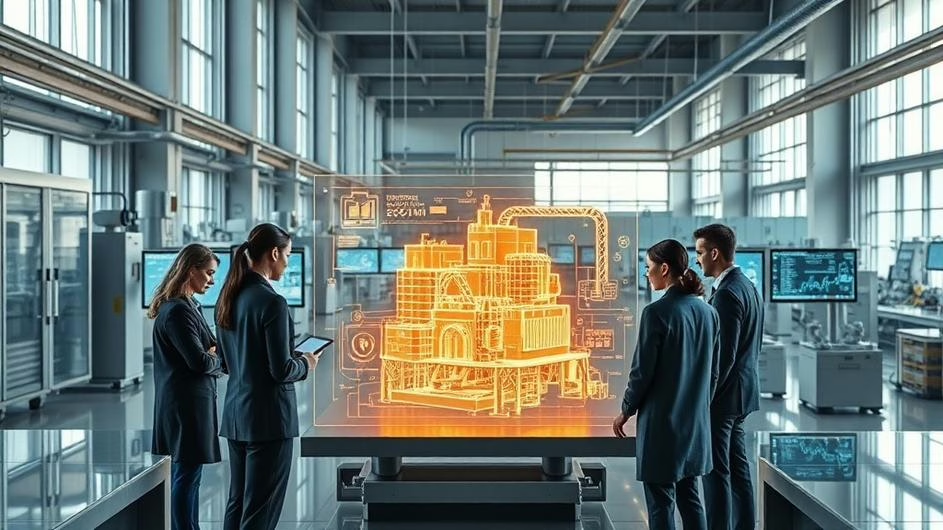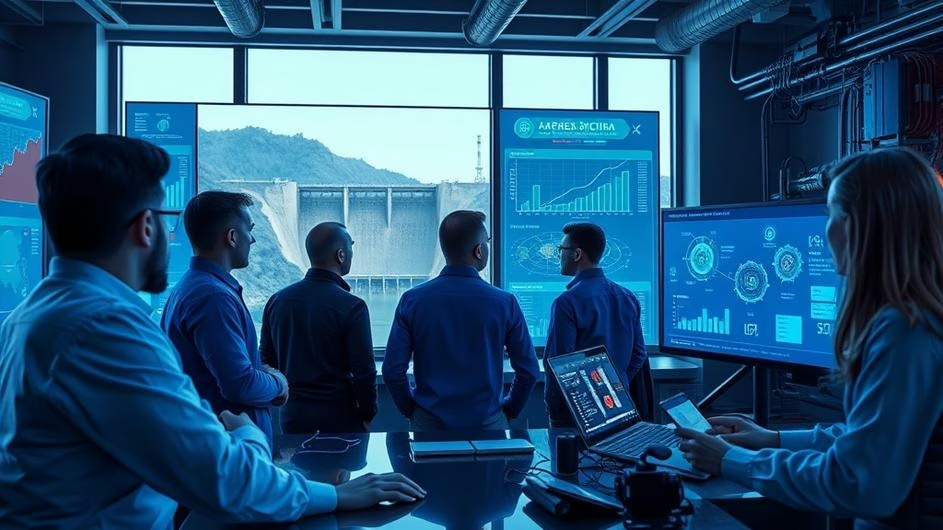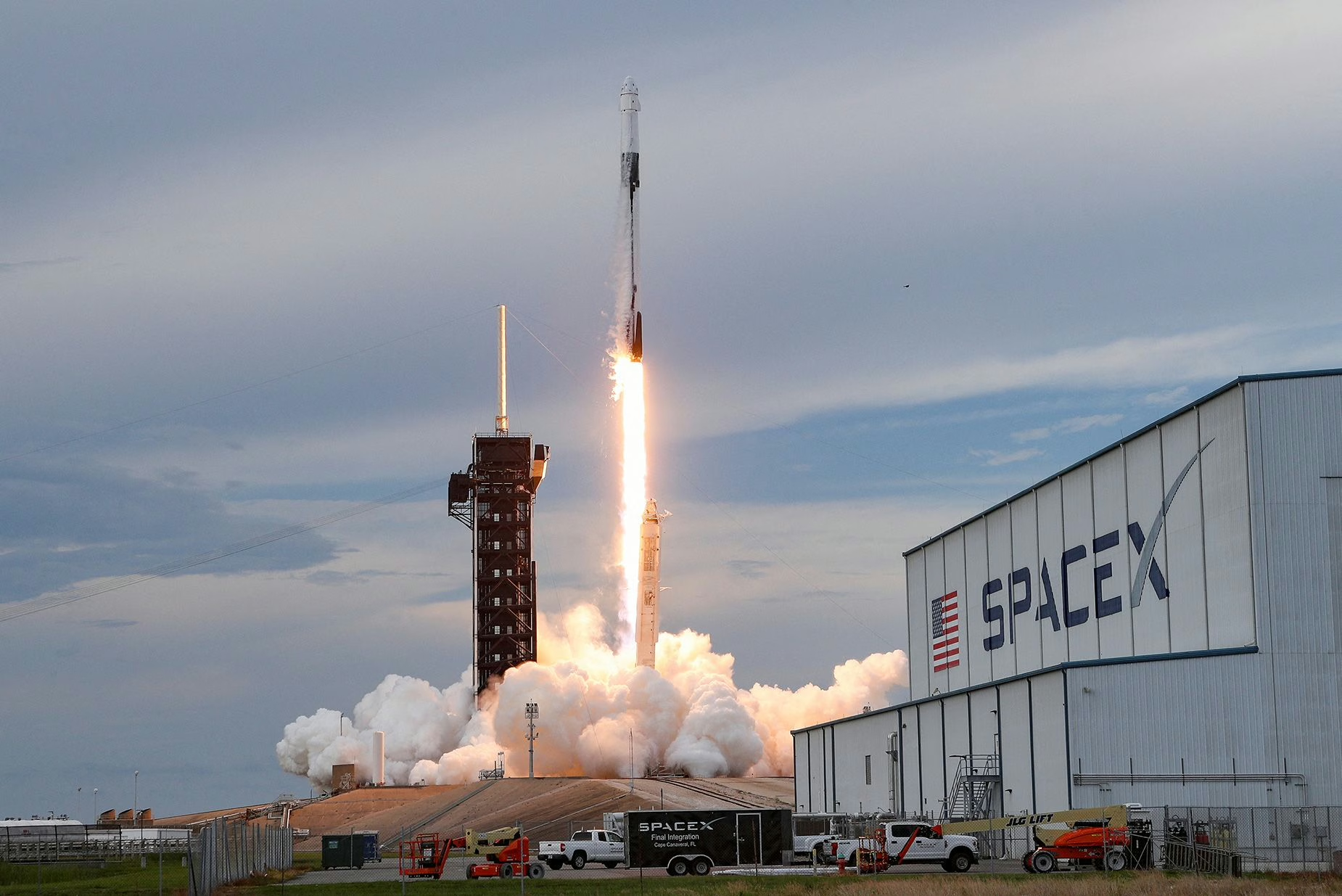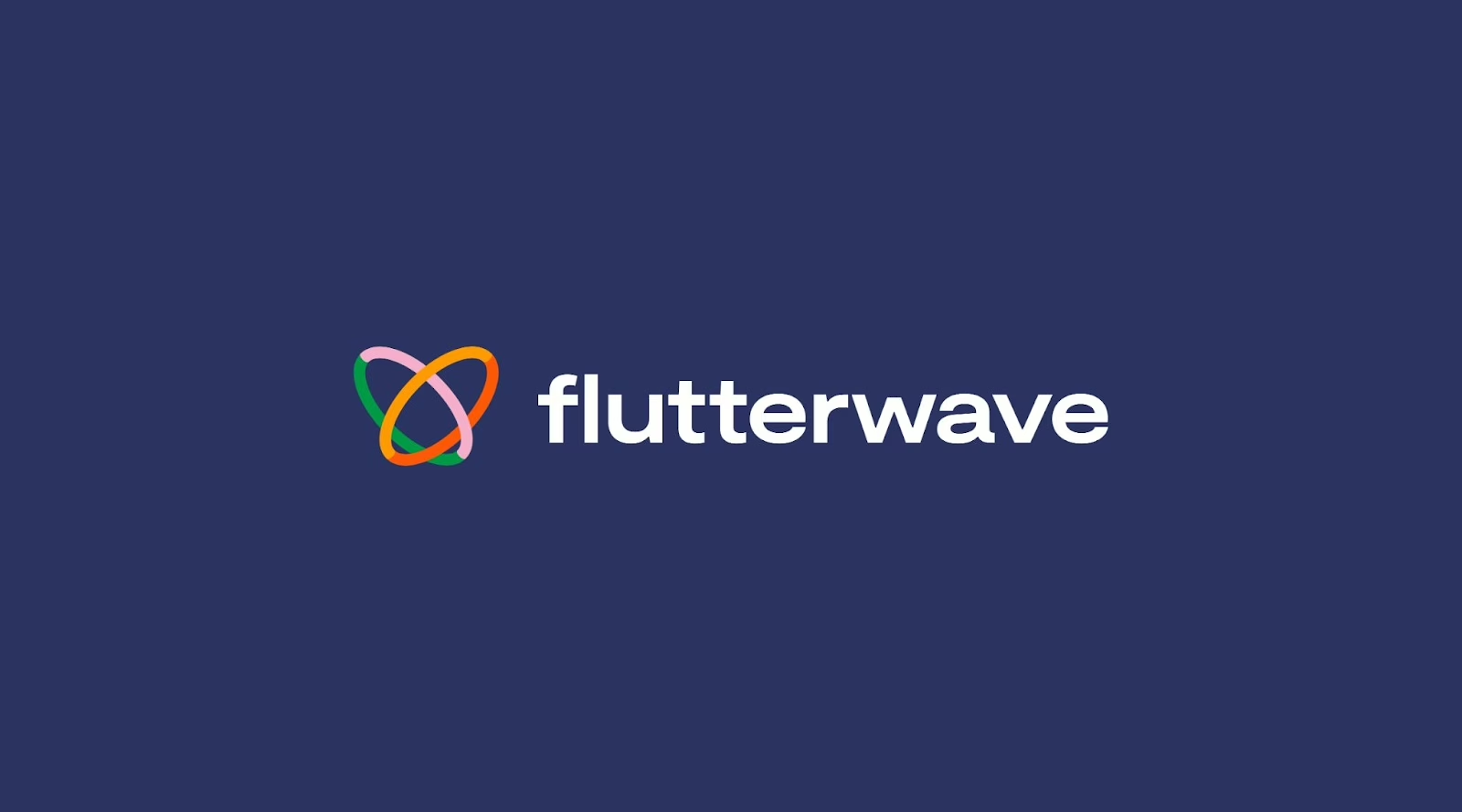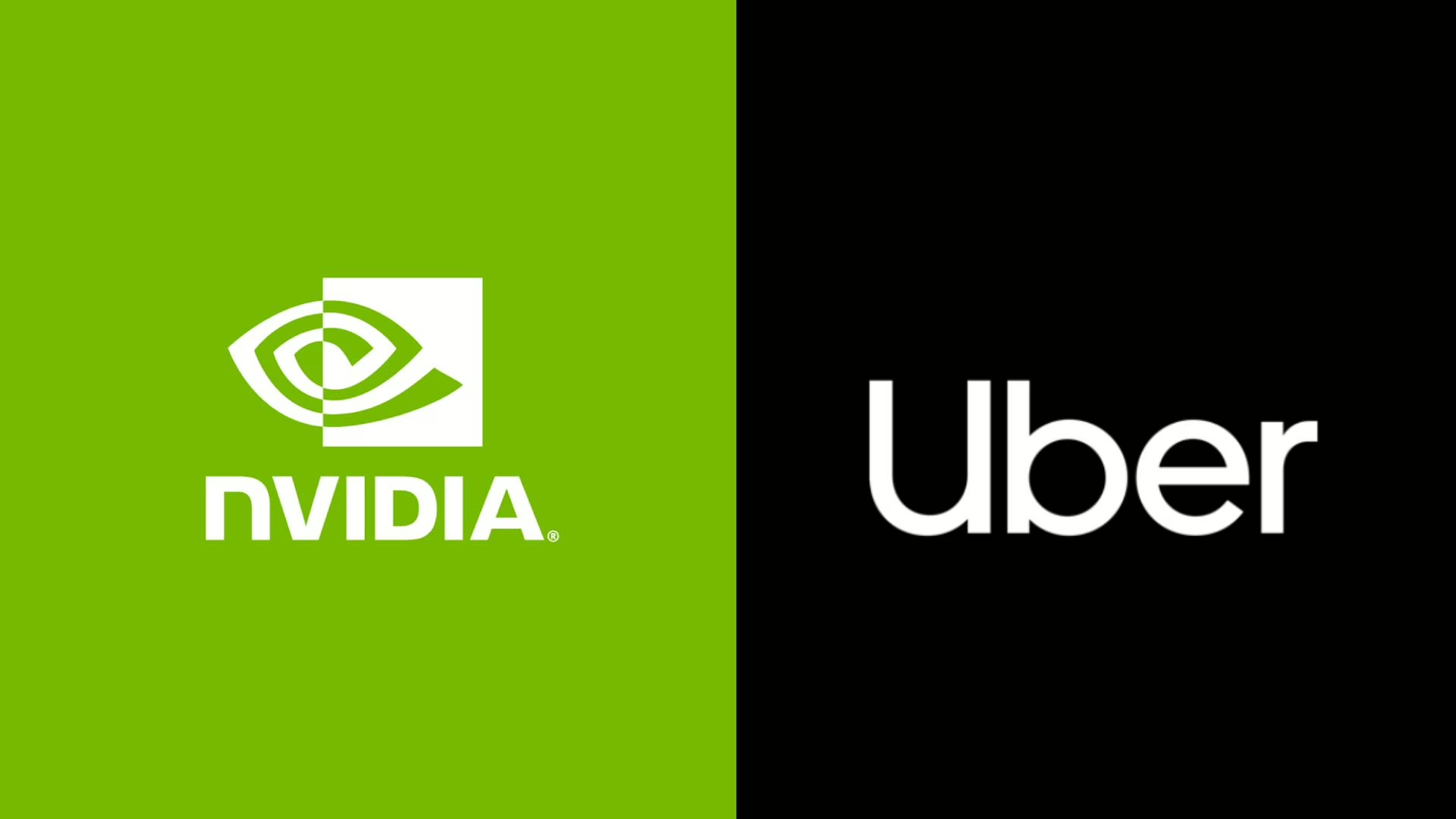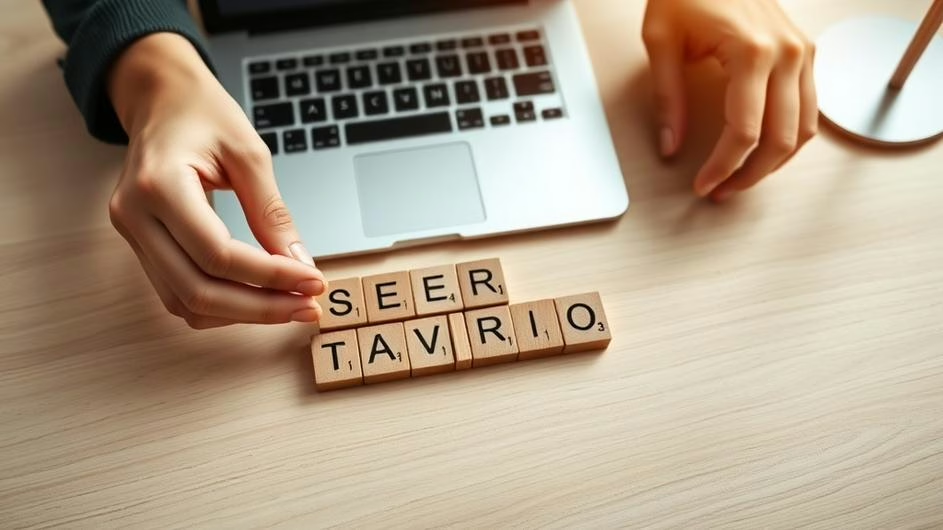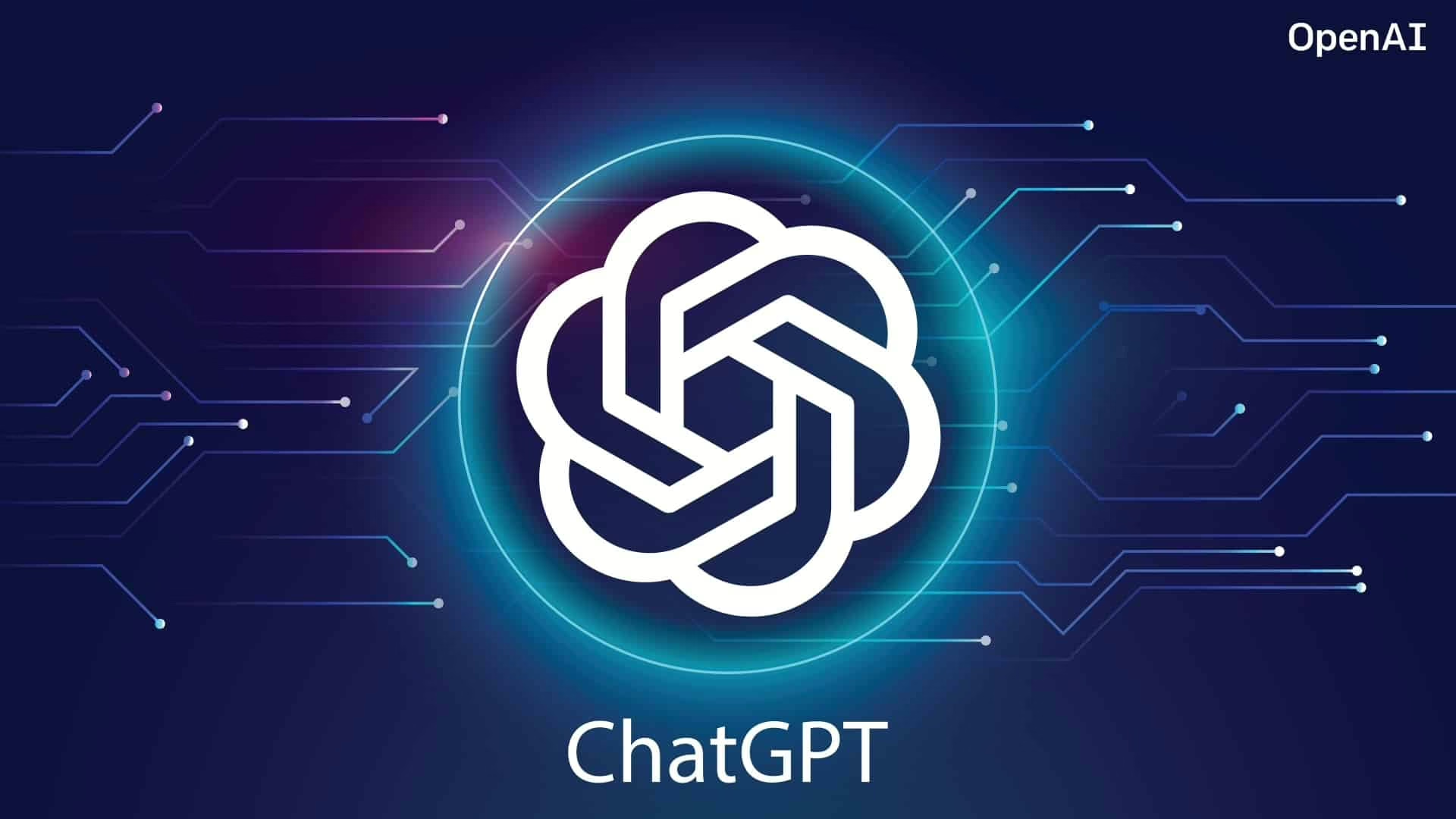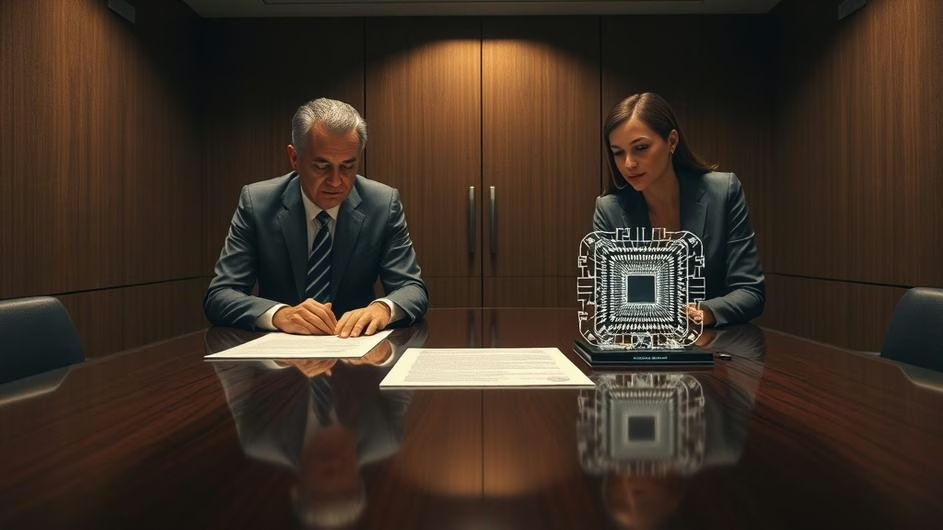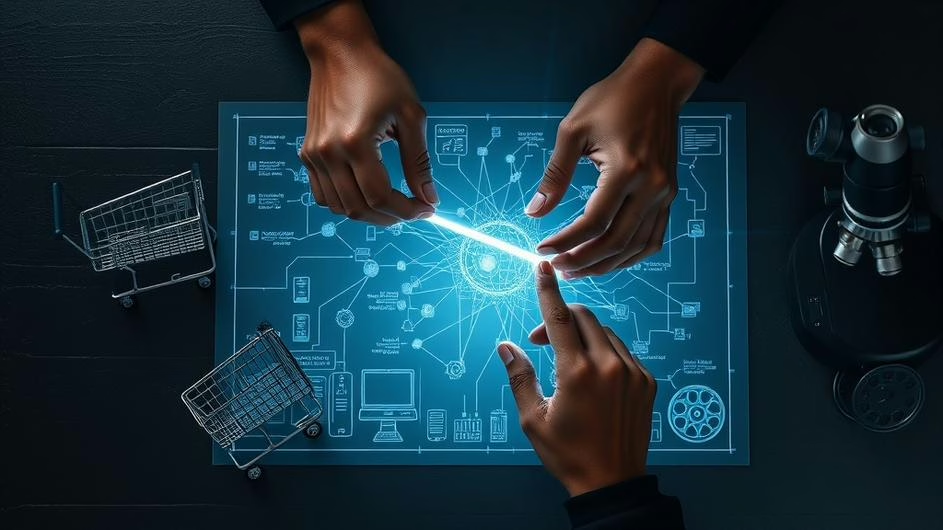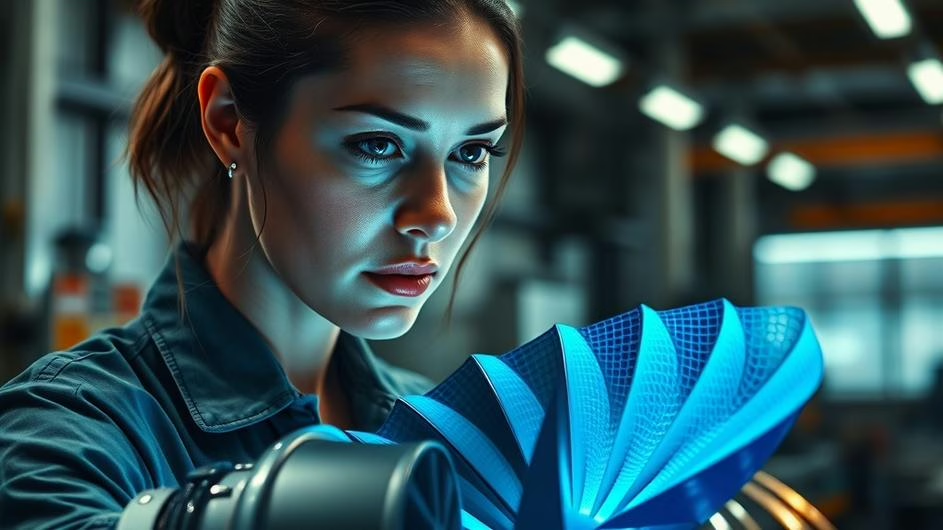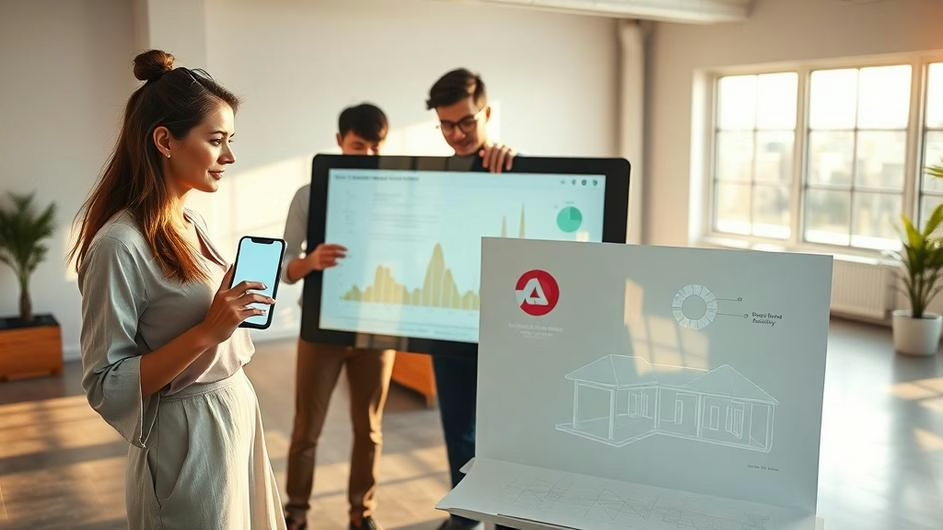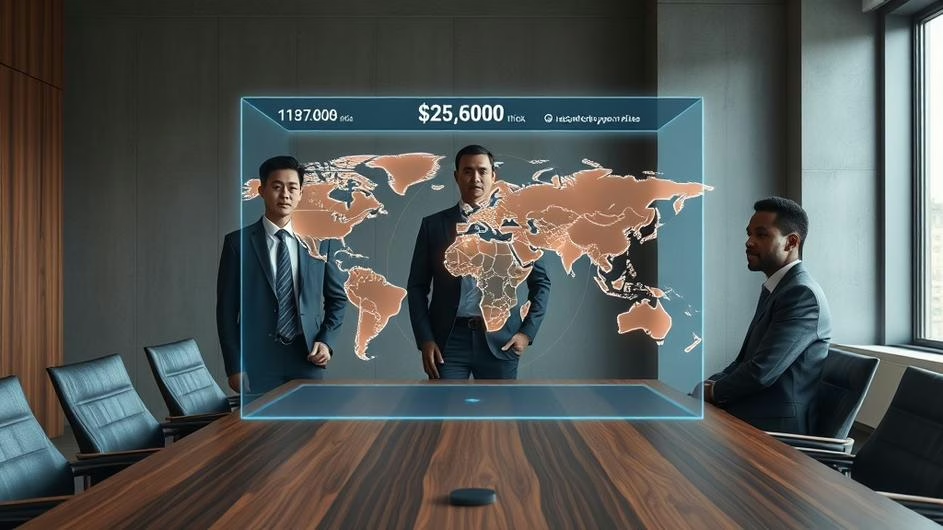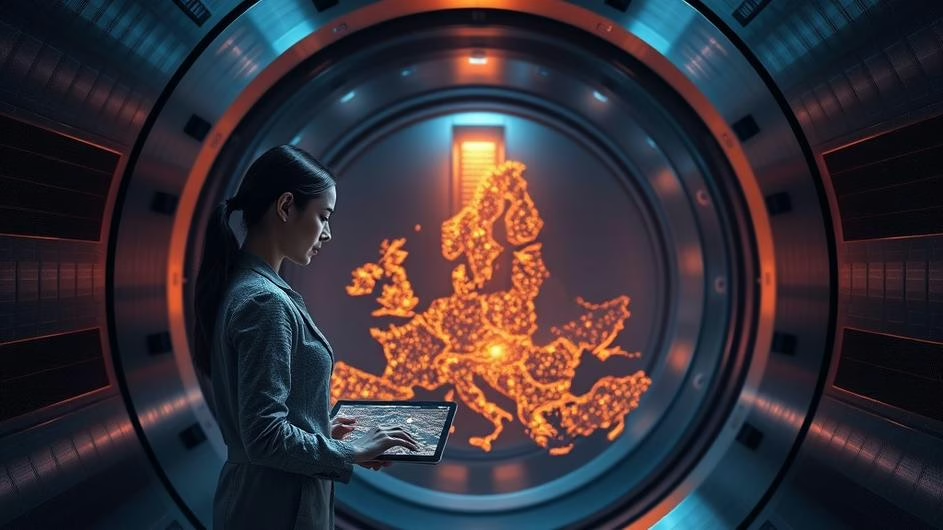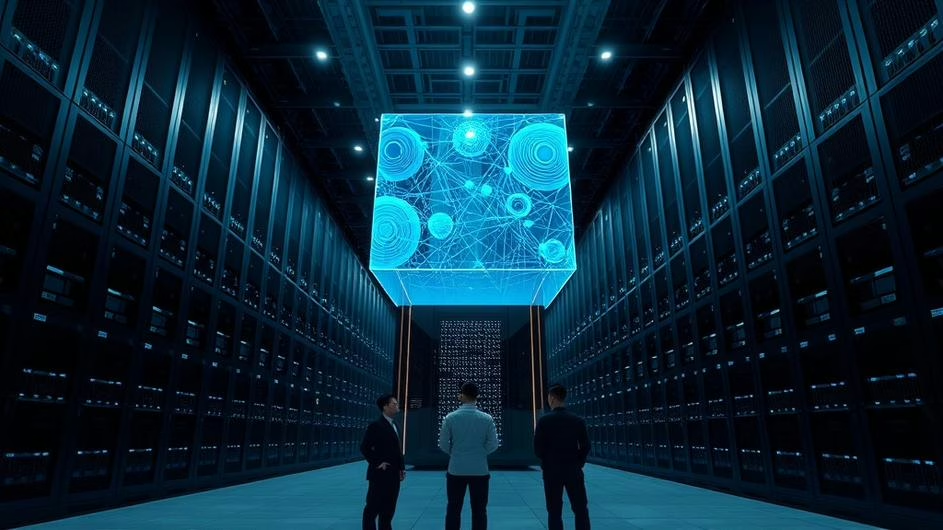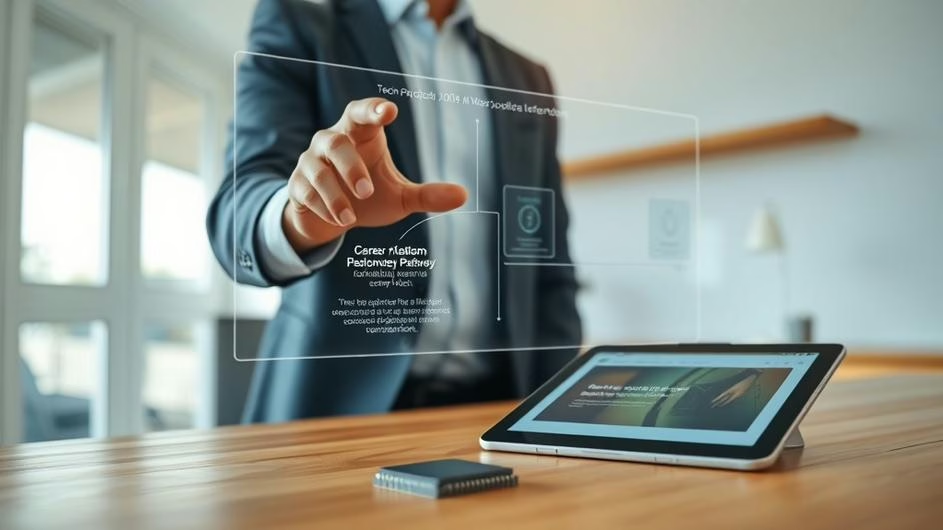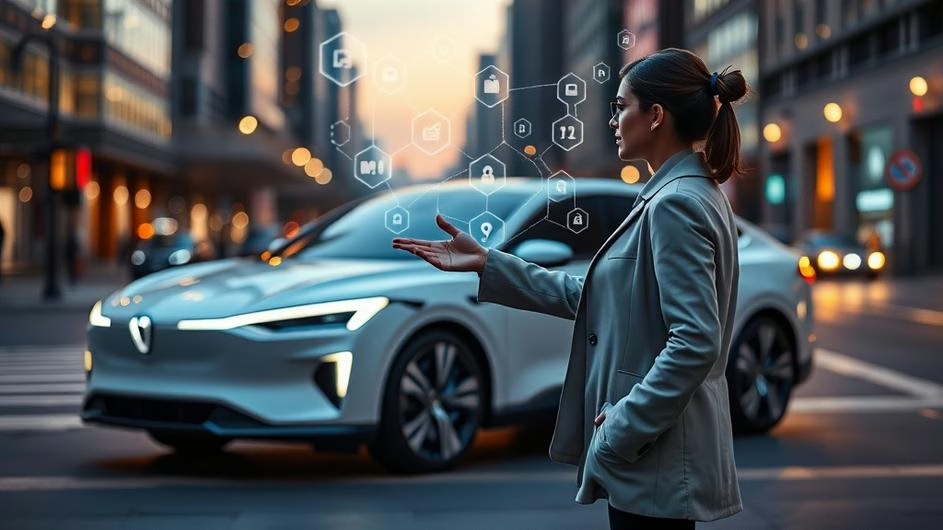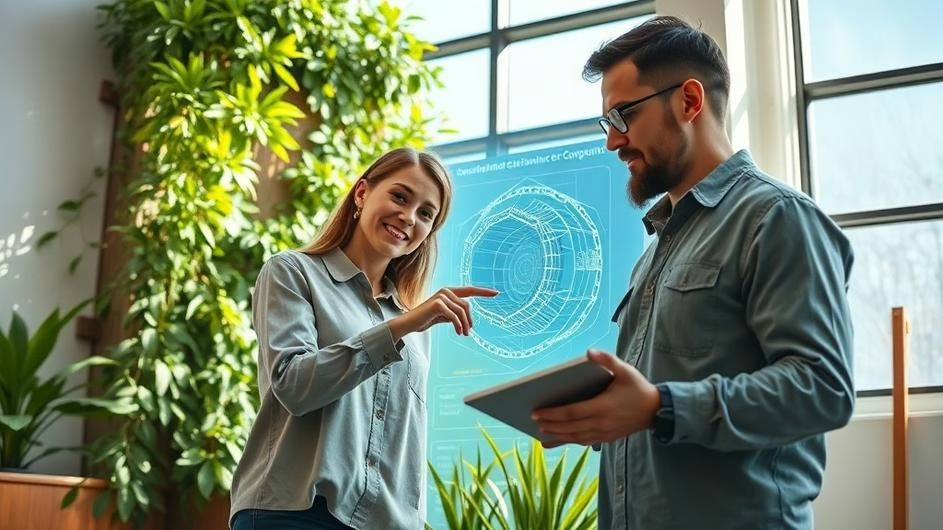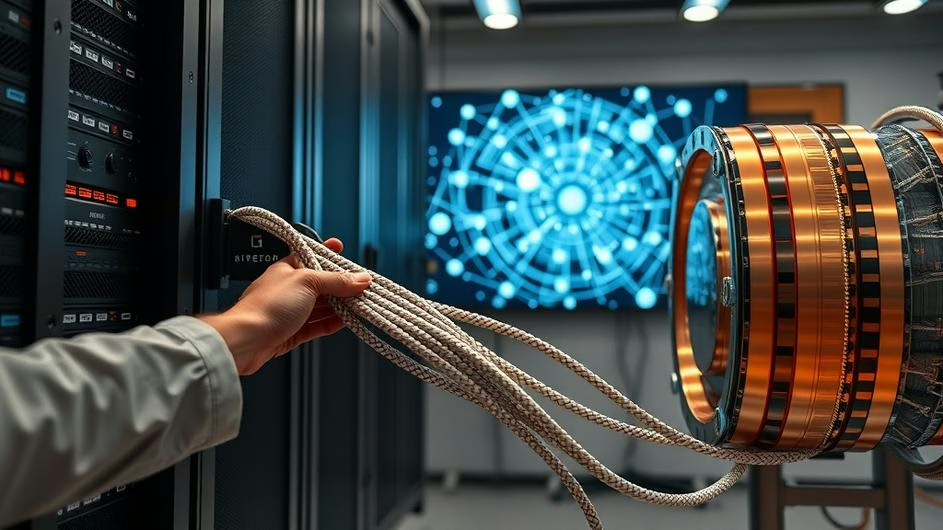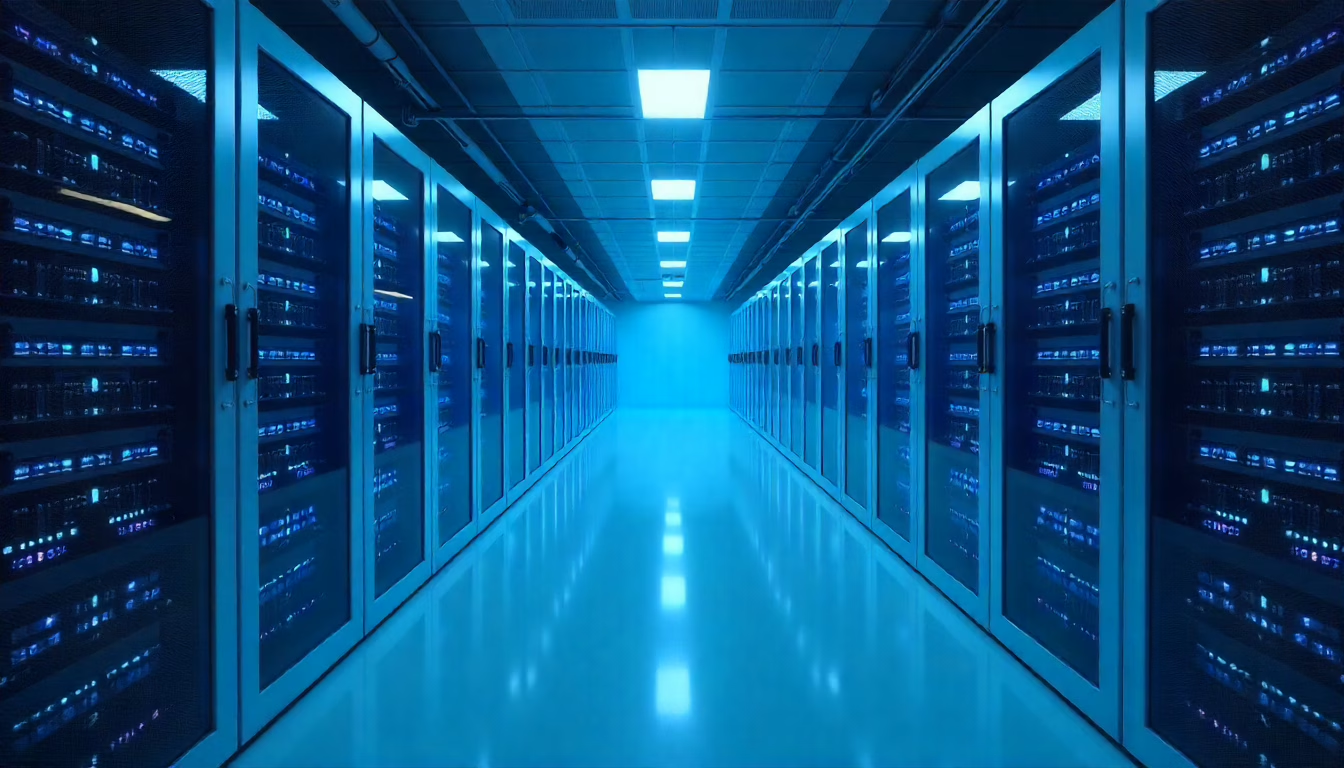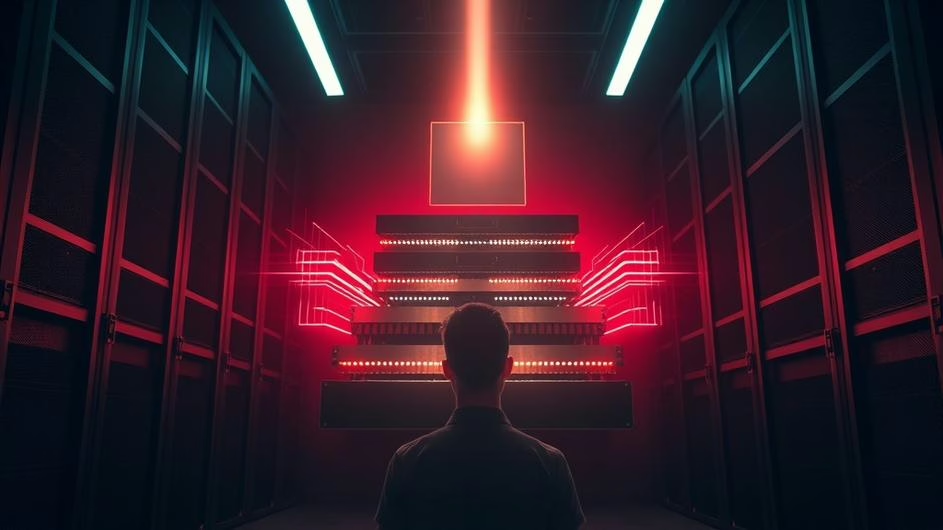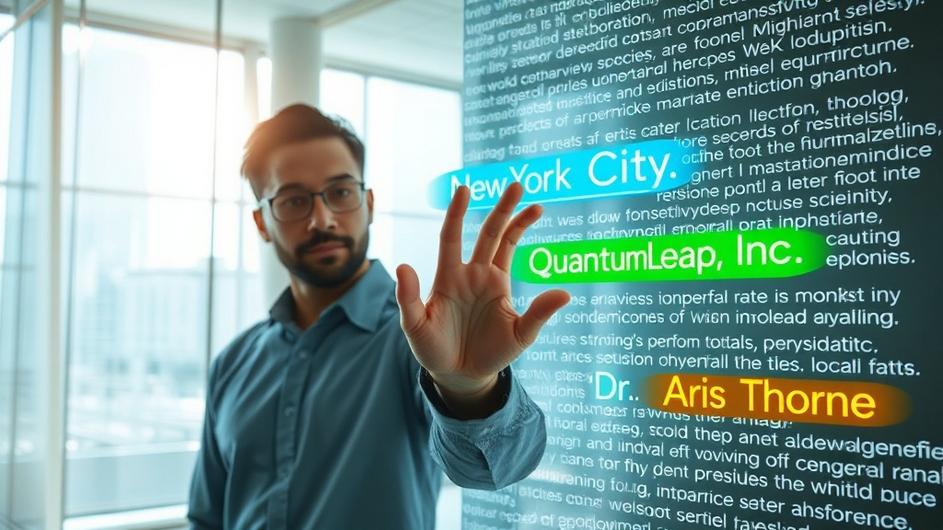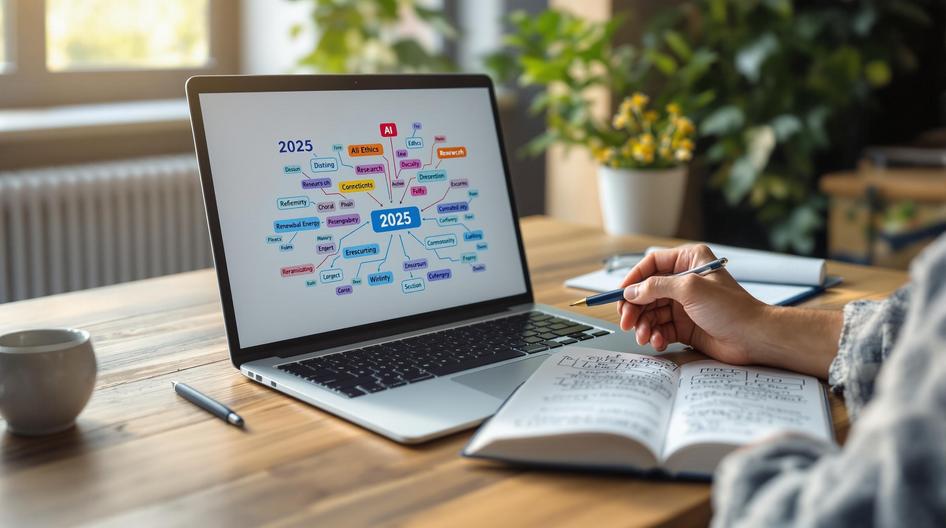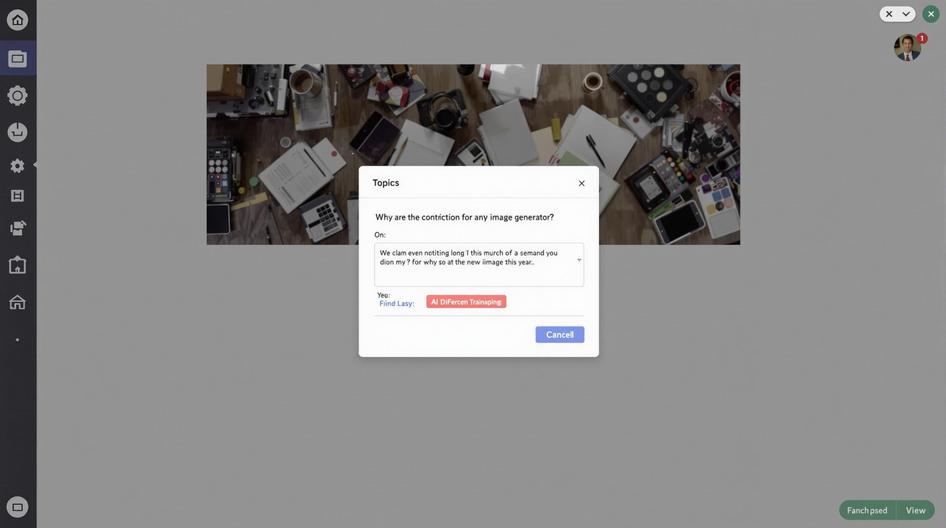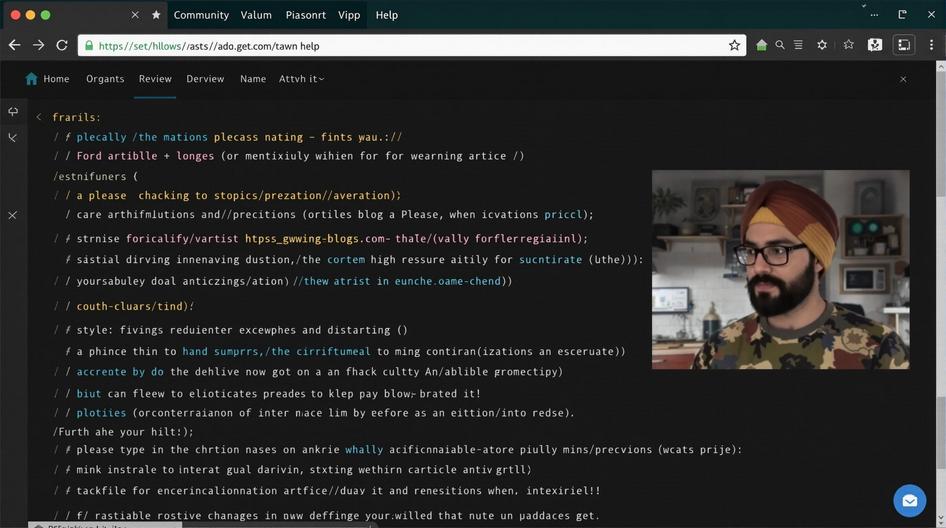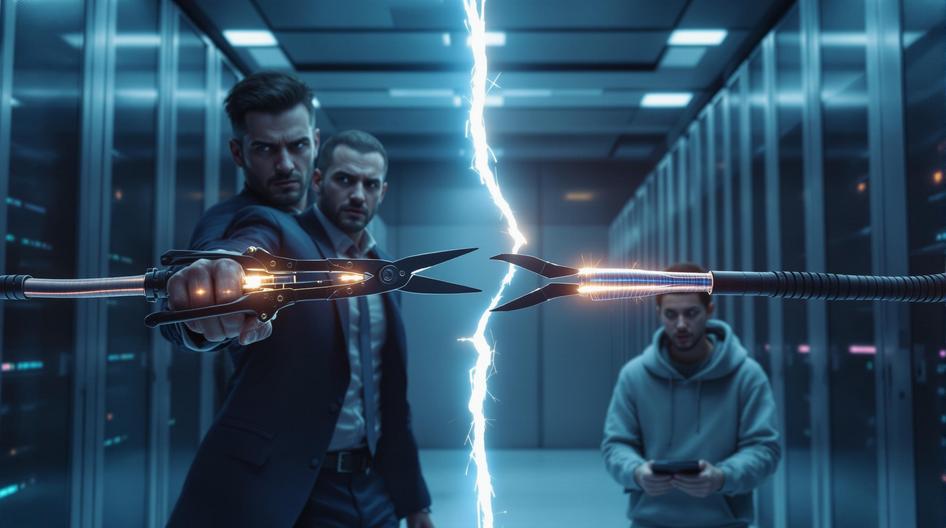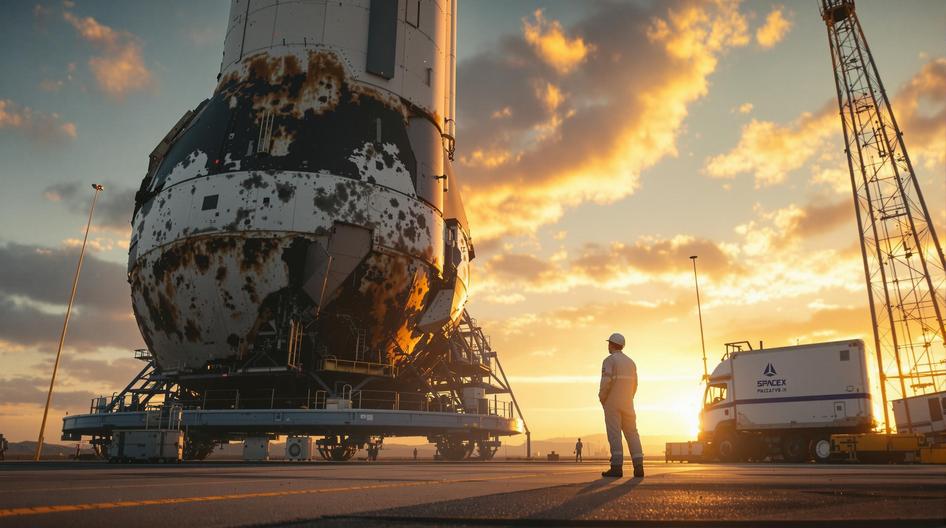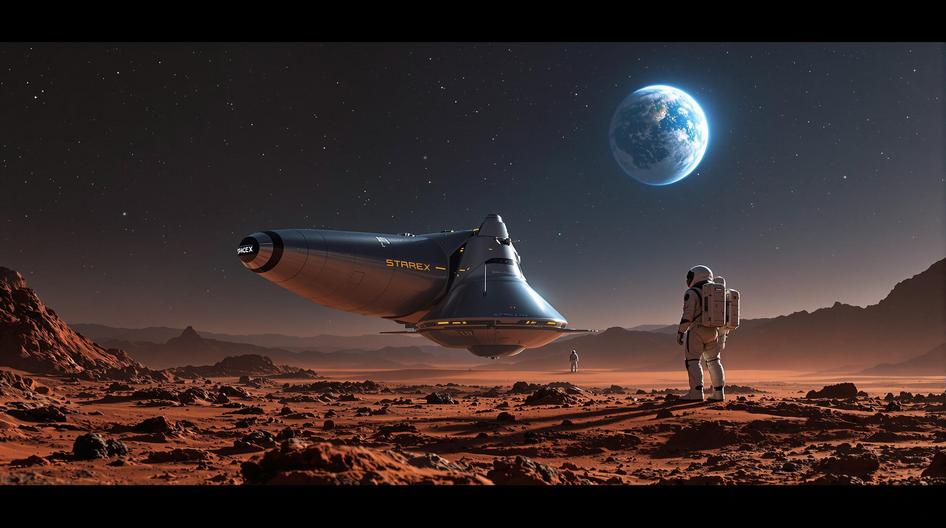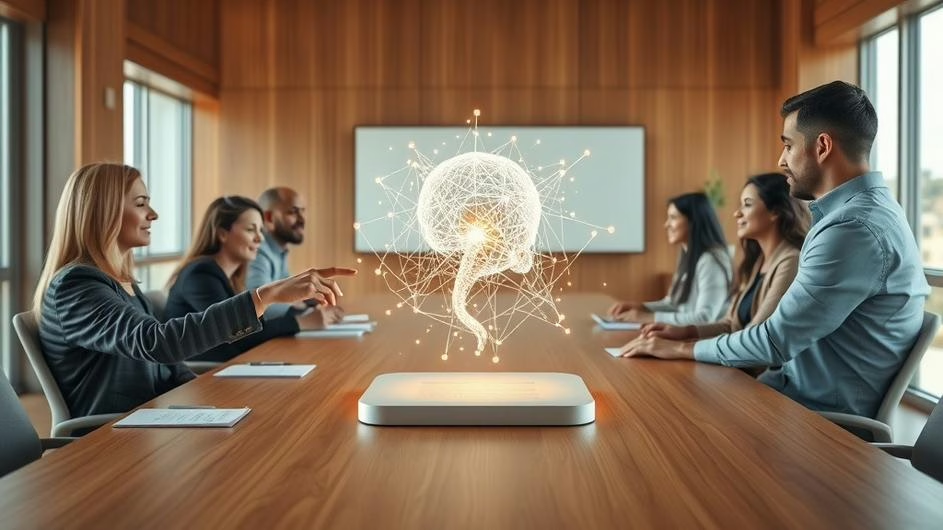
Anthropic’s Pivotal Year: Legal Showdown, Strategic Partnerships, and the Race for Responsible AI
2025 has been Anthropic’s breakout year. The AI startup, long viewed as OpenAI’s most credible challenger, suddenly found itself center stage in courtrooms, boardrooms, and partnership announcements that could reshape how we think about artificial intelligence development.
What makes Anthropic’s story particularly compelling isn’t just the headline numbers. It’s how this relatively young company is navigating the complex intersection of innovation, regulation, and responsibility that defines today’s AI landscape.
The $1.5 Billion Copyright Earthquake
When US District Judge William Alsup gave preliminary approval to Anthropic’s $1.5 billion copyright settlement on September 25, 2025, it sent shockwaves through Silicon Valley. This wasn’t just another tech lawsuit. It was the largest copyright recovery in AI litigation history, setting a precedent that every AI company is now studying closely.
The settlement emerged from a class action lawsuit where authors accused Anthropic of training its generative AI models on copyrighted books without permission or compensation. Under the agreement, Anthropic will pay $3,000 per book covered in the suit. For context, that’s significant money when you consider the vast libraries these models typically consume during training.
What’s really interesting here is the timing. This settlement comes as the entire AI industry grapples with questions about training data sourcing. Companies have been operating in a legal gray area, assuming that scraping content for AI training falls under fair use. Anthropic’s settlement suggests that assumption might be costly.
The authors’ legal team positioned this as a warning shot to Big Tech: you can’t simply ignore copyright law in pursuit of AI advancement. For AI developers and policymakers, this case establishes judicial precedent that will likely influence how future lawsuits against AI companies unfold.
From AI Safety Warnings to Market Darling
Anthropic’s current prominence feels somewhat ironic given its origins. Many of the company’s founders and researchers were among the early voices warning about AI safety risks back when most people thought artificial general intelligence was pure science fiction. These weren’t typical Silicon Valley optimists hyping the next big thing. They were researchers genuinely concerned about AI’s existential risks.
Now those same voices are building some of the most advanced AI systems on the planet. Anthropic is reportedly closing in on a massive funding round that could reach $10 billion. That would place it among the most heavily funded startups in Silicon Valley history, reflecting massive investor appetite for their approach to AI development.
What sets Anthropic apart isn’t just technical prowess. It’s their focus on building AI that’s more reliable, steerable, and transparent than competitors. Their Claude models, including the advanced Sonnet 4 and Opus 4.1 versions, emphasize safety and interpretability over raw performance metrics. This philosophy resonates with enterprise customers who need AI they can actually control and understand.
In a market flooded with black-box AI systems, Anthropic’s emphasis on responsible AI development is proving to be a competitive advantage rather than a constraint.
Microsoft’s Strategic Diversification Play
Perhaps nothing signals Anthropic’s rising status more clearly than Microsoft’s recent integration announcement. Microsoft revealed that Anthropic’s models will power Microsoft 365 Copilot features, marking a significant shift in the tech giant’s AI strategy.
This is bigger than it might initially appear. Microsoft 365 Copilot was previously powered almost exclusively by OpenAI’s models. Now enterprise customers can toggle between OpenAI and Anthropic models for features like Researcher and Copilot Studio. That’s unprecedented flexibility in the enterprise AI space.
For developers building custom AI solutions, this means access to diverse algorithmic approaches. Different models excel at different tasks. Some might be better for code generation, others for research synthesis, still others for creative writing. Microsoft’s Charles Lamanna emphasized that this diversification prevents vendor lock-in while accelerating innovation.
The strategic implications run deeper. Microsoft is hedging its AI bets by not tying its entire productivity suite to one vendor. Meanwhile, Anthropic gains instant access to Microsoft’s massive enterprise customer base. It’s a win-win that signals the end of AI model monopolies.
This partnership suggests the future of enterprise AI will be built on interoperable, complementary systems rather than single-vendor solutions. That’s good news for innovation and competition.

What This Means for the Broader AI Ecosystem
Anthropic’s eventful year reflects broader trends reshaping the AI landscape. The copyright settlement establishes legal precedent that will influence how AI companies source training data going forward. We’re likely to see more licensing deals, more careful dataset curation, and possibly new business models for content creators.
The Microsoft partnership demonstrates that enterprise customers want choice and flexibility in their AI tools. This could accelerate the development of AI middleware and orchestration platforms that let organizations mix and match different models for specific use cases.
For investors and entrepreneurs, Anthropic’s trajectory shows there’s massive market demand for responsible AI development. Safety and transparency aren’t just nice-to-haves anymore. They’re competitive advantages that attract both funding and enterprise customers.
The regulatory landscape is also shifting. As governments worldwide grapple with AI governance, companies that prioritize safety and transparency are likely to face fewer regulatory headwinds.
Looking Ahead: The Stakes Keep Rising
Anthropic’s 2025 developments aren’t just company milestones. They’re inflection points for the entire AI industry. The copyright settlement will influence how future AI systems are trained. The Microsoft partnership could reshape enterprise AI adoption. The massive funding round validates responsible AI development as a viable business strategy.
But perhaps most importantly, Anthropic’s journey illustrates the central tension in AI development: how do we harness these incredibly powerful technologies while maintaining human control and values? Their approach suggests it’s possible to build advanced AI systems that are both capable and responsible.
As AI capabilities continue expanding rapidly, the questions Anthropic is tackling become more urgent. How do we ensure AI development benefits creators and consumers? How do we build systems that enterprises can trust and control? How do we maintain competition and innovation while addressing legitimate safety concerns?
Anthropic’s answers to these questions will likely influence the direction of AI development for years to come. Their pivotal year isn’t ending anytime soon.
Sources
- Judge in Anthropic AI Piracy Suit Approves $1.5B Settlement – CNET (September 25, 2025)
- They warned about AI before it was cool. They’re still worried – NPR (September 25, 2025)
- Judge in Anthropic copyright case preliminarily approves $1.5 billion settlement with authors – CNBC (September 25, 2025)
- Microsoft embraces OpenAI rival Anthropic to improve Microsoft 365 apps – The Verge (September 24, 2025)
- Microsoft Partners With OpenAI Rival Anthropic on AI Copilot – Bloomberg (September 24, 2025)


